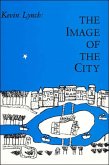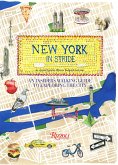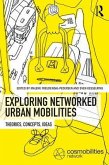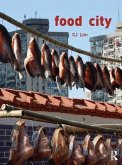Over the last few years themes like urban agriculture and vertical farming became extremely popular within the architectural discourse. Unfortunately these concepts are rarely used as actual guidelines to design buildings or urban interventions. One of the main problems is that traditional architecture is no longer adequate to tackle these issues. This book, therefore, suggests an alternative approach through the description of a project. Performance driven architecture and the usage of computational techniques are presented as possible tools to integrate experimental sustainable strategies and new technologies with the design of a specific building. In detail the project's proposal is a urban settlement for the production and distribution of food in the city of Paris. The main focuses are the formulation of a food-based urban strategy and the development of new solutions for the optimization of food production within a building. This example should help architects to understand the potential offered by the combination of computational techniques integrated to experimental sustainable strategies.
Bitte wählen Sie Ihr Anliegen aus.
Rechnungen
Retourenschein anfordern
Bestellstatus
Storno








